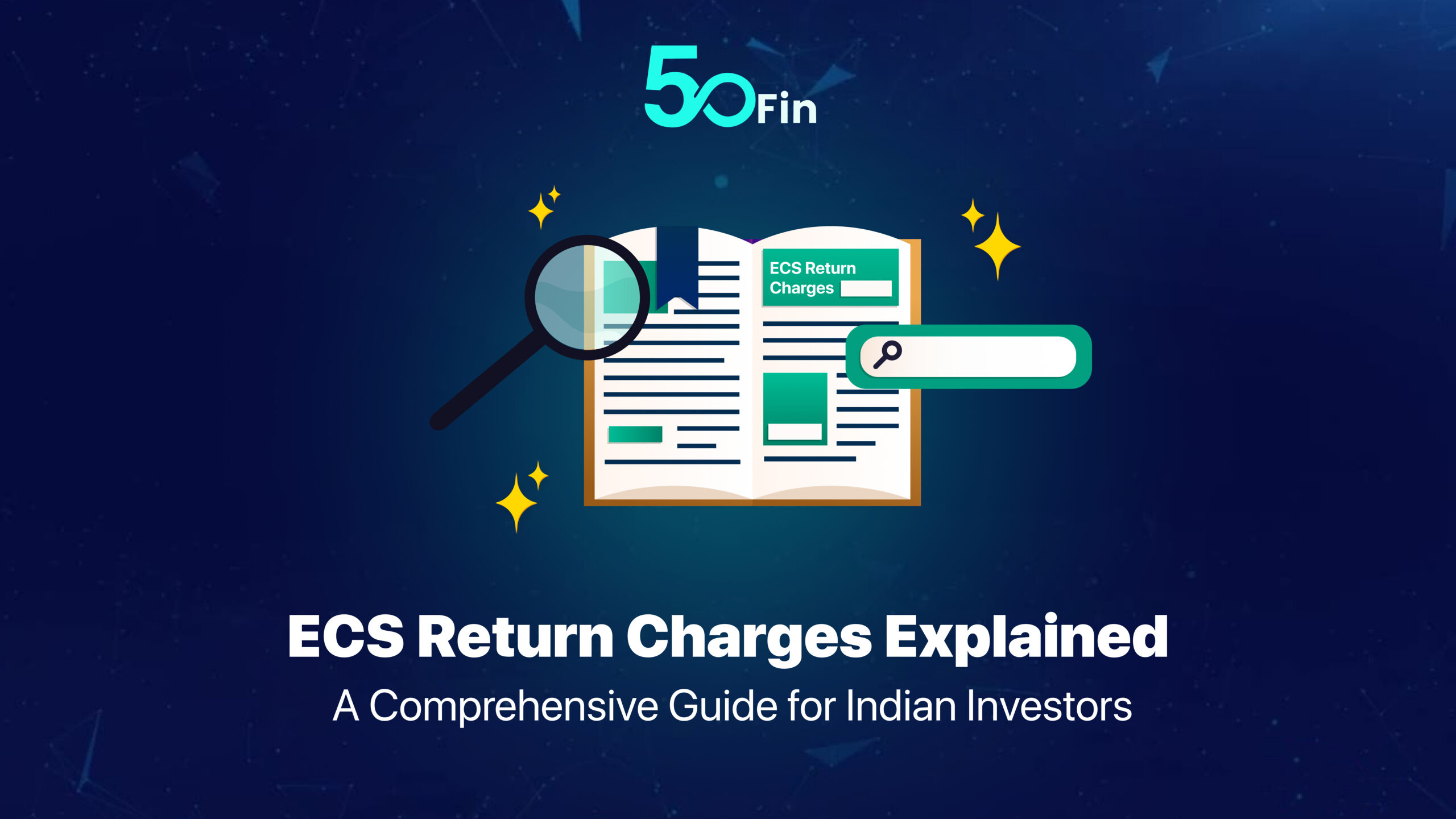
Analyzing Past Performance of Top Mutual Funds
The world of mutual funds glitters with promises of high returns. But savvy investors know past performance, while tempting, isn’t the only factor to consider. This blog delves into how to analyze the historical performance of mutual funds in India and the crucial things to remember when evaluating past returns.
Top Performers Under the Microscope
Financial publications love showcasing “top-performing” mutual funds. These can be a starting point, but it’s vital to understand the context behind the numbers. Here’s how to dissect past performance with a critical eye:
Timeframe: Did the fund outperform its peers over a short period (1 year) or a longer horizon (5+ years)? Short-term surges can be impressive, but long-term consistency is a truer indicator of a fund’s ability to navigate market cycles. Look for funds with a proven track record of outperforming their category over a substantial period.
Risk-Adjusted Returns: Going Beyond Raw Numbers Don’t be fooled by raw returns alone. Consider risk-adjusted metrics like Sharpe Ratio or Sortino Ratio. These factors in the level of risk the fund took to achieve those returns. A high return with excessive risk might not be sustainable. Focus on funds that deliver strong returns without taking on unreasonable levels of risk.
Category Comparison: Beating the Benchmark How did the fund perform compared to its designated category benchmark (e.g., Nifty 50 for large-cap funds)? Consistently beating the benchmark is a sign of active management skill by the fund manager. If a fund consistently lags behind its benchmark, it might be wise to explore other options.
A Holistic View for Smart Investing
Past performance is just a piece of the puzzle. Here are other key factors to consider:
- Investment Philosophy: Does the fund’s investment style (growth, value, etc.) align with your risk tolerance and investment goals? Are you comfortable with the potential for volatility associated with the fund’s chosen strategy.
- Fund Management: The Guiding Force Research the fund manager’s track record and experience. A skilled and experienced manager with a proven ability to navigate market complexities can make a significant difference in a fund’s long-term success. Look for a manager with a consistent investment philosophy and a history of generating returns that outperform the benchmark.
- Expense Ratio: Keeping Costs Down Lower expense ratios translate to higher returns for you in the long run. Expense ratios represent the fees charged by the fund to cover its operational costs. By choosing funds with lower expense ratios, you keep more of your money working for you.
The Takeaway:
Don’t be swayed by the fleeting allure of past performance. Analyze historical returns with a critical eye, considering the timeframe, risk involved, and how the fund stacks up against its category. Remember, a holistic evaluation that includes factors like investment philosophy, fund management, and cost structure is essential before making any investment decisions.
Bonus Tip: Seeking Professional Guidance
Consulting a financial advisor can provide invaluable guidance in choosing mutual funds tailored to your unique circumstances and risk profile. A qualified advisor can help you navigate the complex world of mutual funds and select investments that align with your long-term financial goals.
Conclusion
By understanding how to analyze past performance and considering the bigger picture, you can make informed decisions when selecting top-performing mutual funds that have the potential to deliver sustained returns and help you achieve your financial aspirations. Remember, successful investing is a marathon, not a sprint. Take the time to do your research, choose wisely, and stay invested for the long term.
FAQs
Should I chase past performance when choosing a mutual fund?
Past performance can be a starting point, but it shouldn’t be the sole factor. Look for funds with a long-term track record of outperforming their category benchmark.
What are risk-adjusted returns, and why are they important?
Raw returns don’t tell the whole story. Risk-adjusted metrics like Sharpe Ratio consider the level of risk taken to achieve those returns. Focus on funds with strong returns without excessive risk.
How does a fund's category benchmark influence my decision?
Compare a fund’s performance to its designated category benchmark (e.g., Nifty 50 for large-cap funds). Consistent outperformance indicates strong active management.
What other factors should I consider besides past performance?
- Investment Philosophy: Does the fund’s style (growth, value) align with your risk tolerance and goals?
- Fund Management: Research the fund manager’s experience and track record.
- Expense Ratio: Lower expense ratios mean higher returns for you in the long run.
Get FREE Eligibility Report
Instantly check your eligibility for Loan Against Mutual Funds
- No Minimum CIBIL Required
- 100% Digital
- 4 Working hour disbursal
Looking for Loan Against Stocks?
Recent Articles
This guide provides a comprehensive view of NSE and BSE stock market holidays for 2025, highlighting opportunities for long weekends and essential details for every trader. Use this resource to check if the Indian stock market is open today, plan for share market holidays tomorrow, or get insights into market closures throughout the year.
For Indian investors and borrowers, understanding ECS return charges and learning how to avoid them is crucial. This comprehensive guide covers everything you need to know
Investors are constantly exploring options to maximize their returns while ensuring financial flexibility. Two popular methods available to investors are ...



